William Friedkin, Director of ‘French Connection’ and ‘Exorcist,’ Dies at 87
He made his name with two of the biggest box-office hits of the 1970s. But despite some later successes, he never regained his early acclaim.
William Friedkin, Director of ‘French Connection’ and ‘Exorcist,’ Dies at 87
He made his name with two of the biggest box-office hits of the 1970s. But despite some later successes, he never regained his early acclaim.
7 MIN READ
Paramount Agrees to Sell Simon & Schuster to KKR, a Private Equity Firm
The deal, for $1.62 billion, will put control of a cultural touchstone in the hands of a financial buyer.
4 MIN READ
NATION
Taking second look at Sinead O’Connor
Her destruction of photo of pope in protest over suspicions of clergy abuse damaged her career but eventually proved prophetic
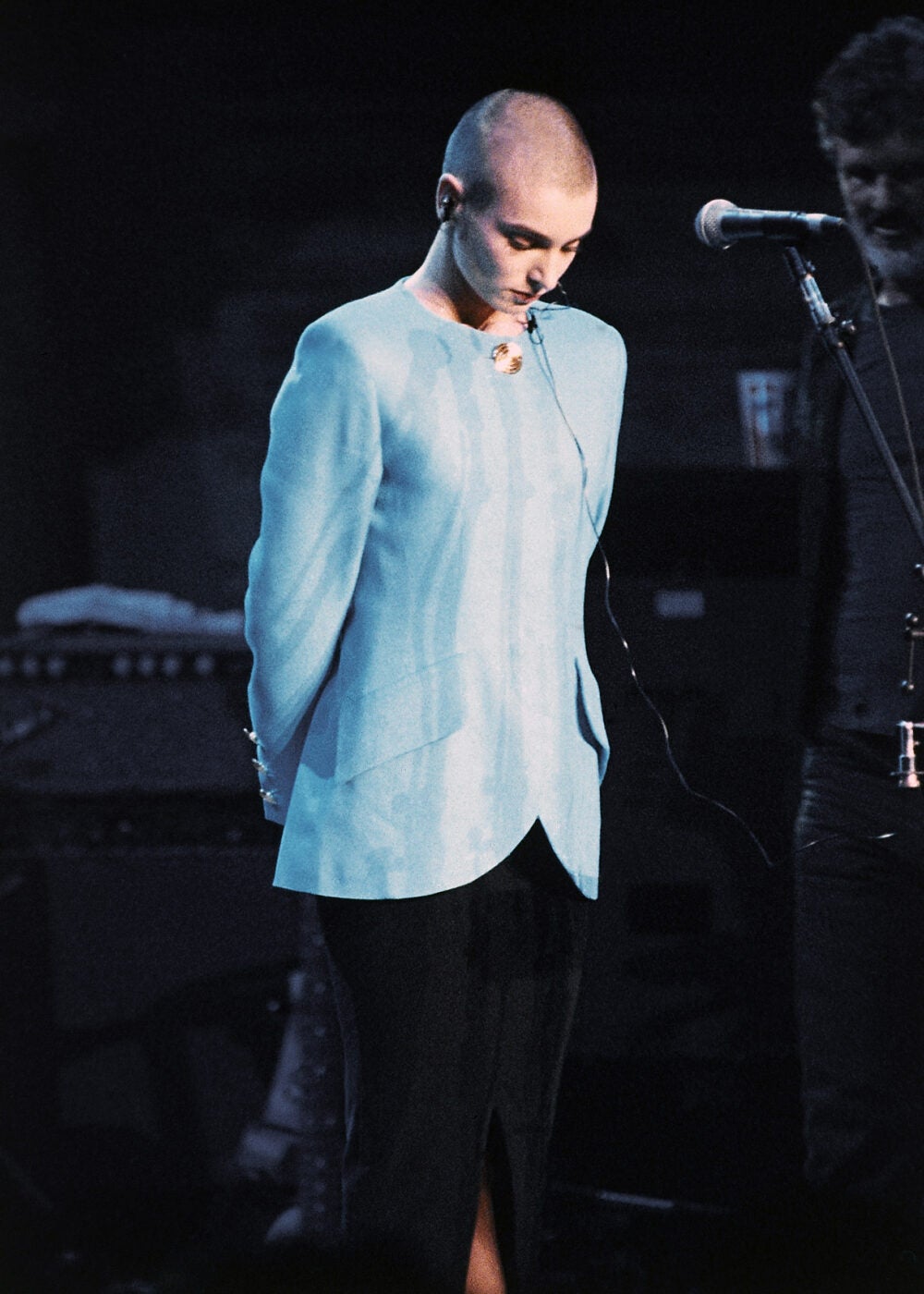
Sinead O’Connor is booed on Oct. 16, 1992, at a Bob Dylan concert in New York City shortly after she tore up of a photo of Pope John Paul II on "Saturday Night Live."
AP Photo/Ron Frehm
BYAnna LambHarvard Staff Writer
DATEAugust 1, 2023
It changed the trajectory of her career, but her message proved prophetic, triggering a reconsideration of her actions in recent decades and, with her death last week at 56, renewed conversation, including among theologians and members of the Catholic clergy.
On Oct. 3, 1992, Sinead O’Connor, who had risen to pop music fame two years before with her cover of Prince’s “Nothing Compares 2 U,” had just performed an a capella rendition of Bob Marley’s protest song “War” on NBC’s “Saturday Night Live.” The then-26-year-old suddenly produced a photo of Pope John Paul II, looked straight into the camera, and tore it to pieces, declaring: “Fight the real enemy.”
She would later explain that hers was a protest against child abuse she believed was going on in the Catholic Church. A decade later The Boston Globe would produce a series of prize-winning stories detailing both numerous incidents of clergy abuse and a pattern of cover-up by the church, disclosures that would eventually be echoed in nations around the world.
Father Francis X. Clooney, S.J., Parkman Professor of Divinity and professor of comparative theology at Harvard Divinity School, said the Irish singer “saw and understood the corruption also ‘secretly’ plaguing the U.S. church in those days,” and that “when the scandals exploded in Boston and elsewhere in 2002, we could all see more clearly that her anger was righteous, and right on target in terms of neglect at the highest levels of the hierarchy.”
O’Connor faced immediate backlash in the wake of her protest. “SNL” hit her with a lifetime ban, and the following week guest host Joe Pesci condemned the action, saying that had he been there, he would have given O’Connor “such a smack.” Audiences booed her at subsequent live performances, among them at Bob Dylan’s 30th anniversary concert a short time later. A crowd in Times Square gathered as a bulldozer ran over her records. The incident did not end her career, but it undeniably damaged it severely.
O’Connor would later tell The New York Times that she had no regrets about her actions. Her suspicions about abuse in the church were fueled in part by “brief articles buried in the back pages of Irish newspapers about children who have been ravaged by priests but whose stories are not believed by the police or bishops their parents report it to,” according to her 2021 memoir, “Rememberings.”
But they were also influenced by her own life experiences. Later in life she spoke widely about the abuse she suffered from her deeply religious mother, whose photo of the pope was the very one torn up on “SNL.” As a rebellious preteen, O’Connor was sent to An Grianán Training Centre in Dublin, run by the Order of Our Lady of Charity, a harsh and sometimes cruel place.
Francis Schüssler Fiorenza, the Charles Chauncey Stillman Research Professor of Roman Catholic Theological Studies, said the backlash O’Connor received for her action was disproportionate in light of the misdeeds to which she attempted to call attention.
“I think it’s terribly wrong,” he said. “You may have disagreed with a symbolic action, you know, but she was pointing to something important. And I think the way that they treated her is just terrible.”
Fiorenza noted that O’Connor’s decision to target the pope actually may have been somewhat understandable — he has since been criticized for turning a blind eye to abuse because of what church leaders say was a reaction to the persecution of priests in his home country of Poland.
“Because he came from a communist country, and thought the Communist Party was always trying to make the priests look bad and thought that there was a lot of false information being spread, he didn’t believe half the stuff,” Fiorenza said. “And in that sense, if you have him in mind, and you want to rip up the picture of the pope, I can understand that you want to protest that.”
Although in India at the time O’Connor destroyed the photo, Clooney said that he understood why Catholics initially would have bristled at the idea of their leader being disrespected, but still the singer paid an undue price.
“While many of us might have hoped for more respect for the pope, who was ultimately a very good man, we can see that she was truly a prophet figure, justly angry at the abuses that had and were occurring in the Roman Catholic Church,” he said. “May she rest in peace — probably a true lover of what the church could and ought to be.”
The Daily Gazette
Sign up for daily emails to get the latest Harvard news.

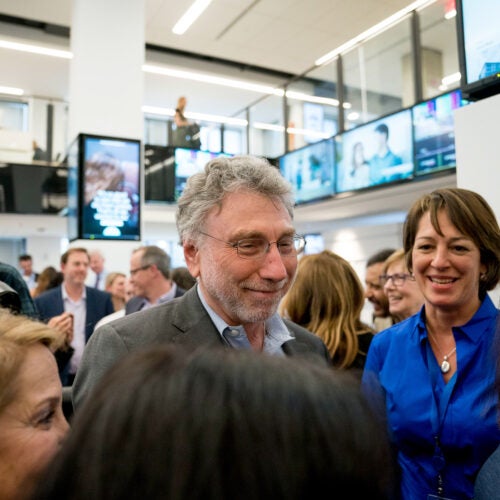
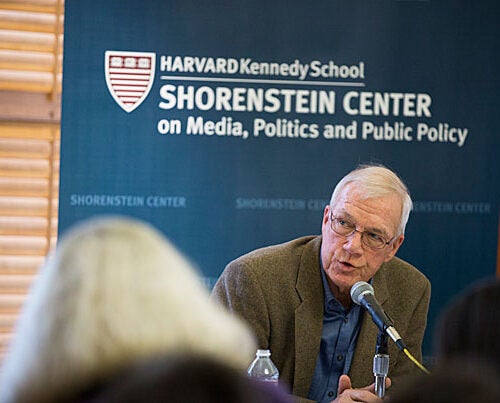
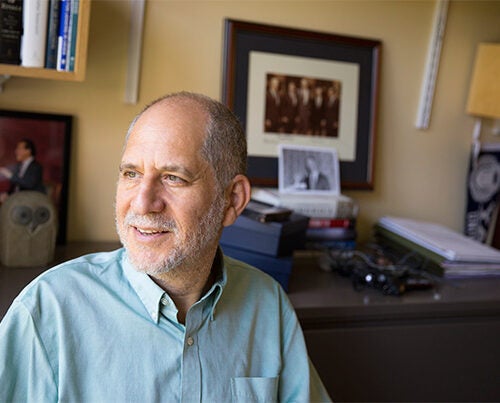
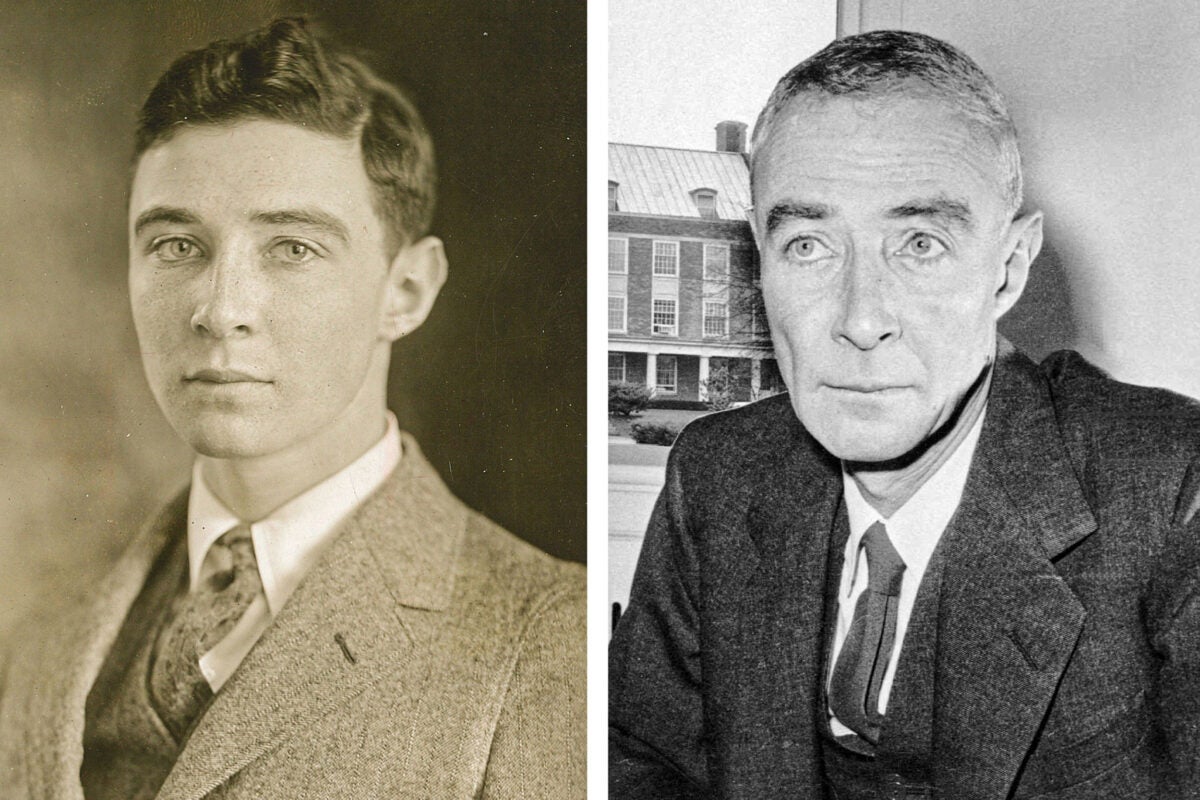
沒有留言:
張貼留言